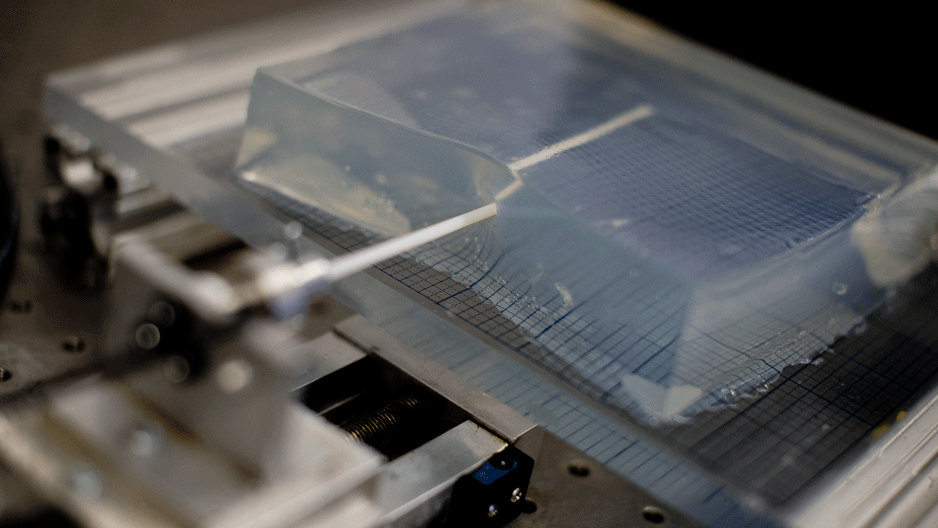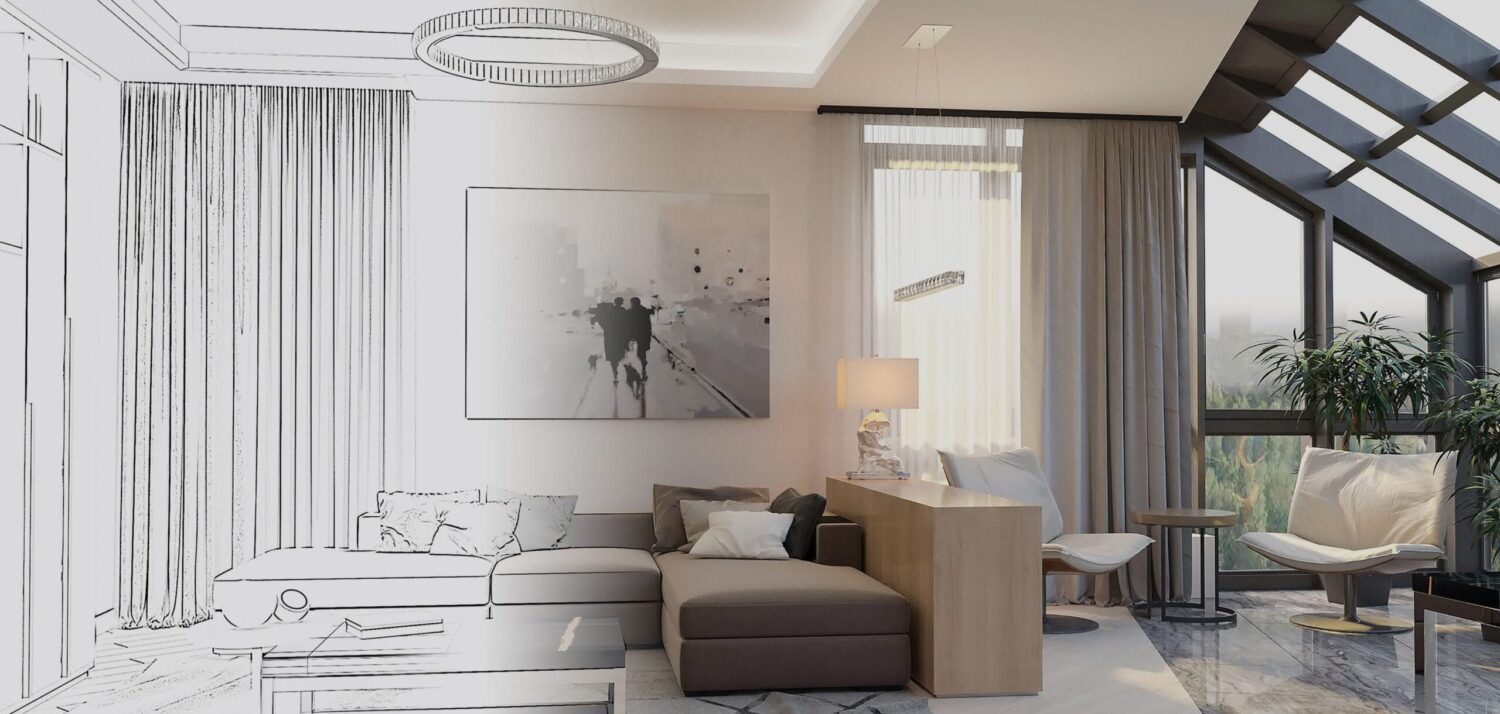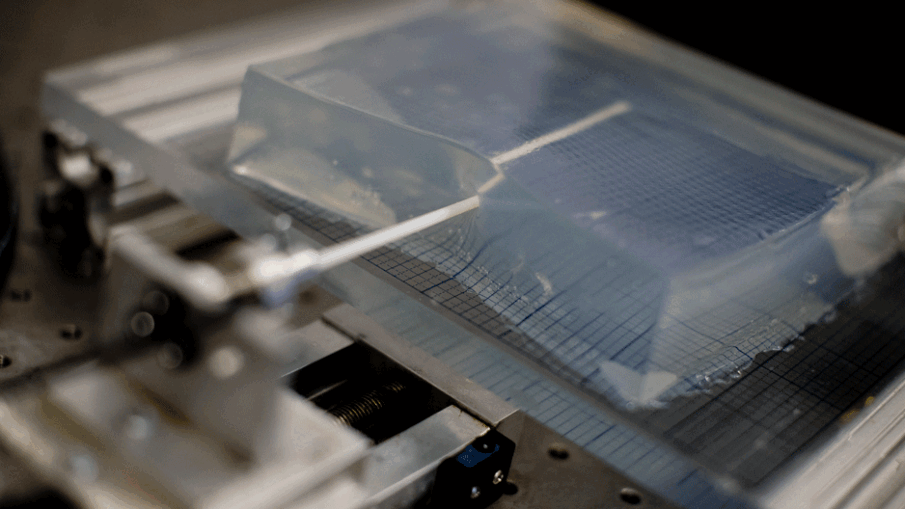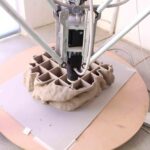

No one wants to be stung by a bee, or any insect. No matter if it’s a bee, a wasp, a hornet, etc., it’s going to hurt, and it’s going to leave a mark. But if you’re going to be stung by something, a honeybee isn’t that bad (as long as you’re not allergic). The design of the honeybee’s stinger is such that it causes very little damage to the tissue of the person being stung – in fact, it’s almost surgical, and that’s what inspired two researchers at Temple University who were looking to design a new kind of surgical needle.
Associate Professor of Mechanical Engineering Parsaoran Hutapea has been using 3D printing to develop surgical needles since 2011 with the help of a Department of Defense grant. He worked with PhD candidate Mohammad Sahlabadi on this most recent needle, looking to nature for inspiration.
“I told [Mohammad] we should try to look at nature, such as mosquitos, honeybees, wasps, etc.,” said Hutapea. “We brought some honeybees into the lab, and took out and inspected their stingers using a microscope. The way honeybees sting human skin is very attractive for what we’re trying to develop, because, due mainly to the stinger’s barbs, it goes relatively smoothly straight through the skin and into the tissue.”
Hutapea and Sahlabadi hope that the 3D printed needles, made from a polymer blend, can decrease tissue damage while increasing precision. Inspired by honeybee stingers, they carved small barbs, or notches, into the design of the needle. The notches decrease the needles’ insertion and extraction forces, minimizing damage to the tissue.
“Generally, a surgical needle will curve due to its tip design when inserted into tissue,” said Hutapea. “The needle deviates from its planned path on the way to the target, such as a cancerous tissue or tumor. With this shape, the curve is limited—it makes it easier to control in a robotics setting. It’s critical, because if the needle curves, you miss the target.”

The needles are still in development, as is the 3D printing technology used to create them, particularly for metal needles with submillimeter size and high aspect ratio – small, long needles. They aren’t yet usable in practice. Eventually, according to Hutapea, the goal is to develop similar needles usable in practice and have them approved by the Food and Drug Administration so that they can be used to improve minimally invasive surgical procedures.
“The big question is whether we can manufacture 3-D printed metal needles, and that technology is not here yet,” said Hutapea. “In the meantime, we are currently developing a compromise by looking at a manufacturing method to develop a hybrid metal-polymer needle. The hope is that in two to three years, we have that technology.”
It doesn’t do honeybees any good to have a barbed stinger – in fact, it’s deadly for them, as they cannot pull the stinger back out after stinging and leave part of their abdomen behind with it. They are the only kind of bee that dies after stinging – a brave sacrifice for the good of the hive, and though the bees almost certainly don’t care, their stingers are now benefiting humanity as well.
Hutapea and Sahlabadi published their research in a paper entitled “Novel Design of Honeybee-Inspired Needles for Percutaneous Procedure,” which you can read here.
Discuss this and other 3D printing topics at 3DPrintBoard.com or share your thoughts below.
[Source: Temple University]
If you're looking to request photorealistic CGI in the USA, our service offers an easy and efficient way to get stunning, lifelike renderings for your architectural and real estate projects. Through our platform, you can quickly request high-quality CGI images that accurately capture the essence of your designs. Whether it's for a residential or commercial property, our experts specialize in creating realistic 3D renderings that highlight every detail, bringing your vision to life with exceptional clarity and precision.
Through our website, requesting photorealistic CGI becomes a seamless experience. With our help, you can get highly detailed 3D visualizations that look just like photographs, providing a realistic representation of your project before it's even built. Our team ensures that every element, from textures to lighting, is meticulously rendered, giving you an impressive, lifelike result that will leave a lasting impact on your clients and stakeholders.






Leave a Reply
You must be logged in to post a comment.